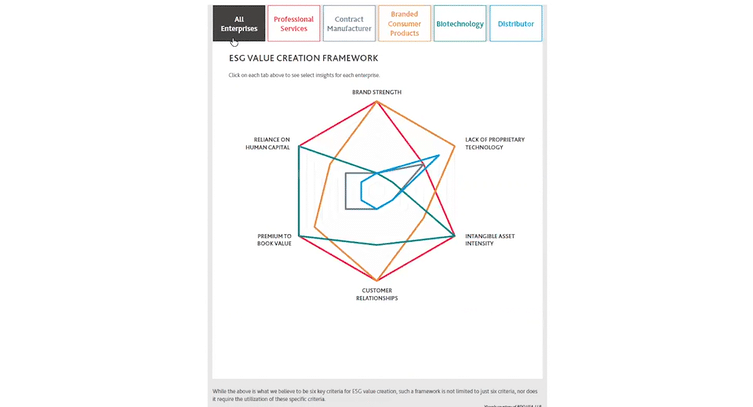
Environmental, Social, and Governance (ESG) factors have become a central tenet in many enterprises’ corporate strategy. While companies track and measure how certain investments impact their overall ESG ratings or performance, many often fail to effectively take the further step to estimate and then capture how such investments translate to return on investment. Corporate finance principles to measure return on investment are most easily applied for discrete projects in which the output from such activities is financial information (e.g. profits, cash flows, capital formation, etc.) that can be identified, tracked, and quantified. Core finance principles used to measure ROI struggle to translate the non-financial outputs of ESG investments, to the impact on financial information.
Initial rounds of ESG investment have largely been greeted with undiscerning praise by stockholders and stakeholders alike. However, to ensure appropriate financial discipline and the most efficient allocation of capital, a more analytical framework is necessary to articulate the value proposition of ESG investments and assess if and how such investments have resulted in value creation.
In our first Perspectives Paper on ESG, ESG and Business Valuation, we began to explore how ESG characteristics are, or can be, incorporated into the value measurement process. In this second Perspectives Paper, we analyse the impact of ESG on value creation and explore how such a framework may be incorporated into the capital allocation process and bring much needed financial discipline to ESG investments. In the paper we:
- Discuss why earnings-based measures for ESG investments can be difficult to apply;
- Examine the close link between ESG investments and intangible asset value creation and/or maintenance, and the resulting implication that ESG returns may be better assessed by reference to intangible asset value creation; and
- Leverage such insights to develop an example framework to assess and measure ESG value creation opportunities at the enterprise level. We discuss a framework that refers to both direct and indirect intangible asset creation, including recognition that intangible value creation via ESG investments can be scalable due to the interconnection between assets.

To access the interactive features in this Perspectives Paper it is recommended you open the file with Adobe Acrobat